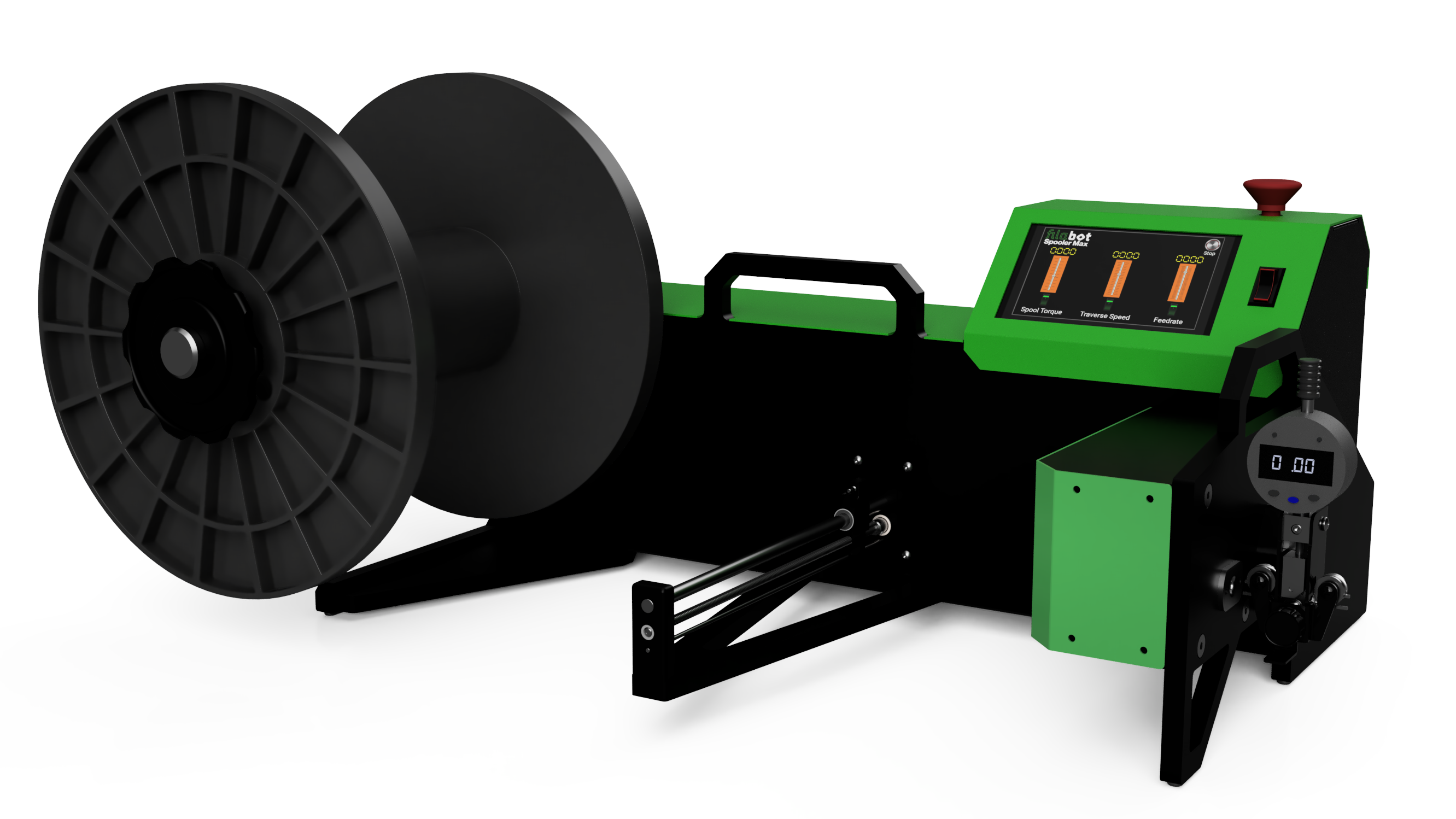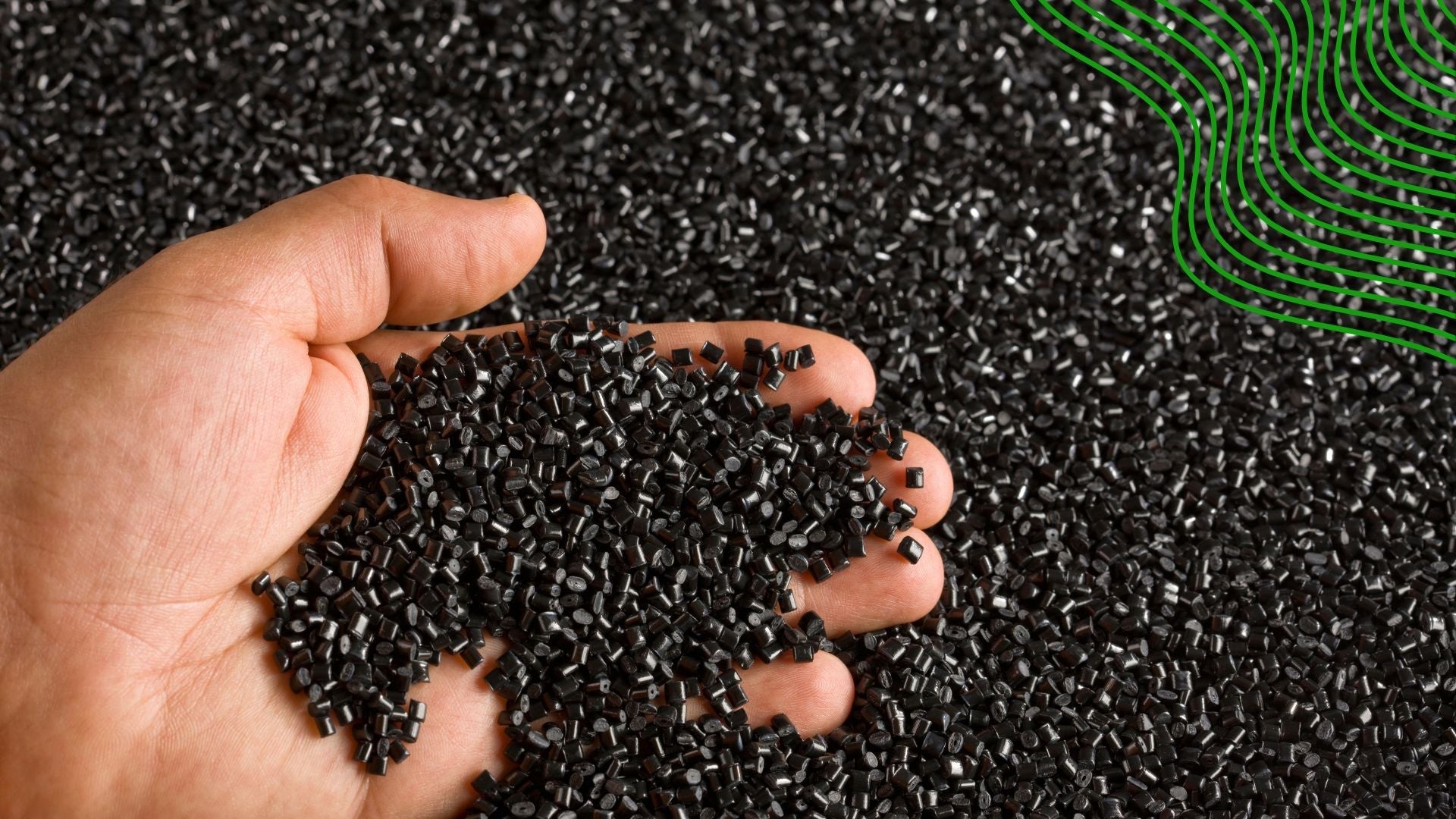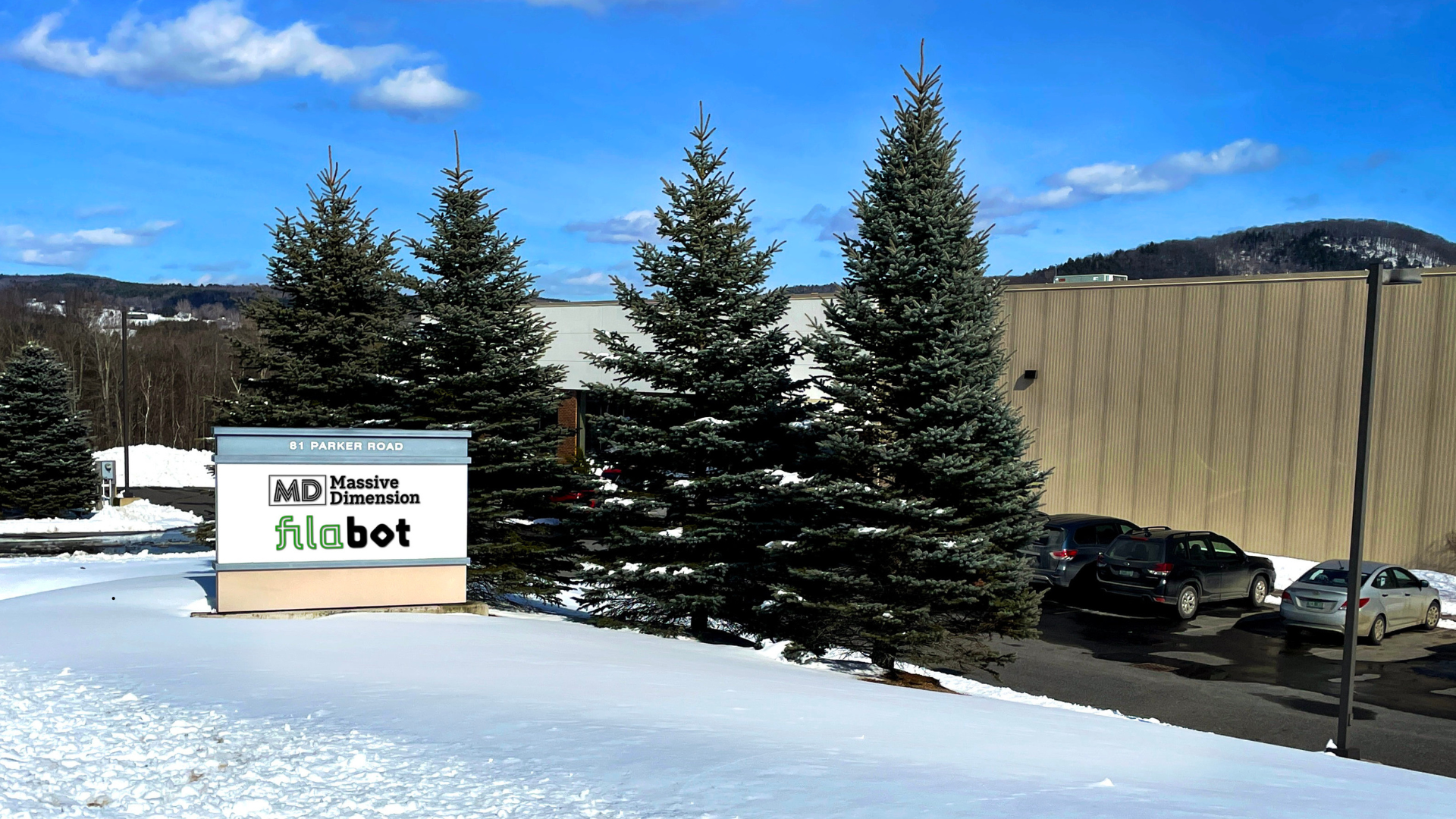At Filabot, closing the loop isn’t just a slogan, it’s a responsibility. When we transform post-consumer plastics into new filament, we’re doing three things at once: protecting users with lower-VOC material options where possible, reducing waste through a practical circular workflow, and sharing what we’ve learned so more people can do this safely and well. This guide distills the essentials so you can recycle with confidence—without sacrificing print quality.
Start With the Plastic Codes: What Can (and Should) Become Filament
Those 1–7 numbers inside the recycling triangle identify the polymer family and are your first safety and quality checkpoint.

Here’s a quick overview:
-
#1 PET (Polyethylene Terephthalate)
Ubiquitous in beverage bottles. Great strength and clarity, but it crystallizes quickly; unmodified PET is tricky for filament. PETG, a modified cousin, is a proven 3D-printing material. -
#2 HDPE (High-Density Polyethylene)
Milk jugs, detergent bottles, piping. Lightweight, chemical-resistant, and a lower-VOC option compared to styrenics. Can be made into filament; printing can warp without the right setup. -
#3 PVC (Polyvinyl Chloride)
Pipes, flooring, some packaging. Do not process. Heating can release hazardous gases. This is a safety no-go for extrusion and printing. -
#4 LDPE (Low-Density Polyethylene)
Bags and squeezable bottles. Soft and flexible; doesn’t hold filament geometry well on its own. -
#5 PP (Polypropylene)
Food containers, caps, automotive parts. Durable, fatigue-resistant, and generally low-VOC. Extrudes well; like HDPE, can shrink/warp during printing. -
#6 PS (Polystyrene)
Utensils, CD cases, foams. Brittle unless blended; not a first-choice recycling target. -
#7 Other (Blends & Engineering Plastics)
Catch-all including ABS, PC, nylon, and composites. ABS, PC, and nylon can be excellent filaments when sourced and handled correctly; layered composites often don’t reprocess well. Keep in mind with ABS, it requires good ventilation and filtration during printing as it can emit harmful VOCs.
Bottom line: Not every plastic should be filament, but HDPE (#2), PP (#5), and ABS (#7) are strong candidates for closed-loop projects without additives. The real challenge isn’t extrusion, it’s printing performance and safety.
Why HDPE, PP, and ABS?
-
HDPE – Tough, light, chemical-resistant, and generally lower-VOC than styrenic materials.
-
PP – Versatile, fatigue-resistant, also lower-VOC relative to styrenics.
-
ABS – Strong and widely used, but styrene emissions require good ventilation and filtration during printing.
-
Safety first: Prefer lower-VOC options (HDPE, PP) when they meet your part requirements. If you print ABS, use a ventilated enclosure and a carbon/HEPA filtering setup, and follow local indoor-air guidelines.
The Responsible Workflow: From Waste to High-Quality Filament
Quality filament comes from controlled, repeatable steps. Following this process helps protect users, improves print outcomes, and keeps recycled streams truly circular.
1. Collection & Sorting
- Target HDPE (#2), PP (#5), ABS (#7); avoid mixtures.
- Do not process PVC (#3).
- Quick check: HDPE/PP float in water; ABS sinks (useful when separating).
2. Cleaning & Drying
- Remove labels, residues, adhesives - contamination kills consistency.
- Dry thoroughly to prevent bubbles/weak spots:
- HDPE & PP: ~80 °C for 2–4 hours
- ABS: ~80–90 °C for 4–6 hours
3. Size Reduction
- Granulate/shred to flakes.
- Pelletize for best feed consistency; uniform pellets = more stable diameter control.
4. Extrusion
- Use a filament extruder such as the Filabot EX6 or scale up with Massive Dimension equipment.
- Typical temperature windows:
- HDPE: 200–230 °C
- PP: 200–220 °C
- ABS: 230–250 °C
- Add a melt filter (≈60–100 mesh) to trap fines/contaminants.
- Control cooling and puller speed to hold diameter steady.
5. Spooling & Quality Control
- Monitor diameter in real time (laser micrometer ideal); target ±0.05 mm.
- Check roundness, brittleness, and perform test prints. Responsible recycling means releasing only material that prints reliably.
6. Storage & Labeling
- Store airtight with desiccant (ABS is hygroscopic).
- Label resin, source, and batch—traceability is good science and good ethics.
What to Expect on the Printer
Each plastic brings its own behavior in the printer:
-
HDPE & PP – Beautiful melt flow; expect shrinkage/warping. Use a heated chamber, appropriate build surfaces (PP likes PP), brim/raft strategies, and tuned cooling.
-
ABS – Usually the most straightforward of the three to print, but manage fumes (styrene) with ventilation and filtration.
Many teams discover that PP or HDPE meet their functional needs with lower emissions than ABS. If you need ABS-level rigidity or heat performance, consider enclosed printers with filtration, or evaluate alternatives like PETG or nylon for your use case.
Innovation, Engineering, and Accountability
We design extrusion systems to make responsible recycling practical—from benchtop learning to scaled production—without compromising on safety or quality:
- Engineered consistency: screw profiles, melt filtering, and closed-loop diameter control.
- User protection: guidance on material selection and VOC-aware printing setups.
- Circularity in action: converting local waste streams into high-value feedstock.
Being a good actor in additive manufacturing means doing the right thing at every step—for users, for the environment, and for the industry we’re helping to build.
Closing The Loop
Recycling HDPE, PP, and ABS into filament is absolutely viable—and, done right, it’s safer, more sustainable, and cost-effective. Choose materials with lower VOC profiles when they meet your requirements, follow a clean, controlled process, and validate quality before you print.
Let’s close the loop, safely and responsibly, one spool at a time.





